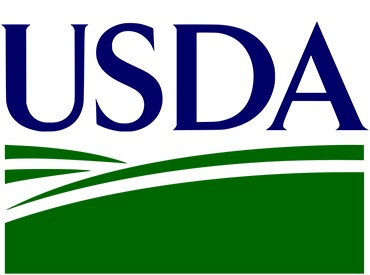USDA awarded $16 million in subgrant funding from the American Rescue Plan Act of 2021 on Thursday to 36 projects aimed at testing outreach strategies to increase participation and equity in the Special Supplemental Nutrition Program for Women, Infants, and Children, known as WIC.
The allocation of funds is made possible through a cooperative agreement with USDA’s Food and Nutrition Service, and the Food Research & Action Center, a nonprofit whose mission is to improve the well-being of people struggling with poverty-related hunger.
“FRAC deeply appreciates the opportunity and support from USDA to ensure this vital program is available and accessible to all who need it,” said Luis Guardia, president of FRAC, in a statement. “WIC has played an essential role in helping children grow up healthy and ensuring mothers get the support they need before, during, and after pregnancy. But for the program to truly maximize its potential, we need to get 100 percent of eligible individuals enrolled and actively participating.”
WIC Community Innovation and Outreach Project subgrantees include WIC state and local agencies and community-based organizations.
“The Biden-Harris Administration is making a difference in the lives of pregnant women, moms, babies, and young children by providing proven health interventions through the WIC program,” said Agriculture Secretary Tom Vilsack in a statement. “We’re pleased to work with such a strong and diverse group of subgrant partners across the nation to ensure everyone eligible for WIC can tap into its incredible benefits.”
Only 50 percent of all eligible individuals participate in WIC, according to the USDA.
The WIC CIAO project aims to expand partnerships with community organizations and use community-level data to develop and implement innovative WIC outreach efforts. Projects include co-locating WIC staff at medical offices and partnering with Head Start in the Cherokee Nation in Oklahoma; developing culturally and linguistically appropriate materials for outreach to communities with large numbers of Middle Eastern and North African residents in Michigan; and increasing retention of Black and Latino families after infants turn one by addressing language, culture, and environmental barriers in Mobile County, Alabama.
Related: FDA Releases Draft Compliance Food Allergen Guide; EATS Act Would Expand Students' SNAP Benefits

